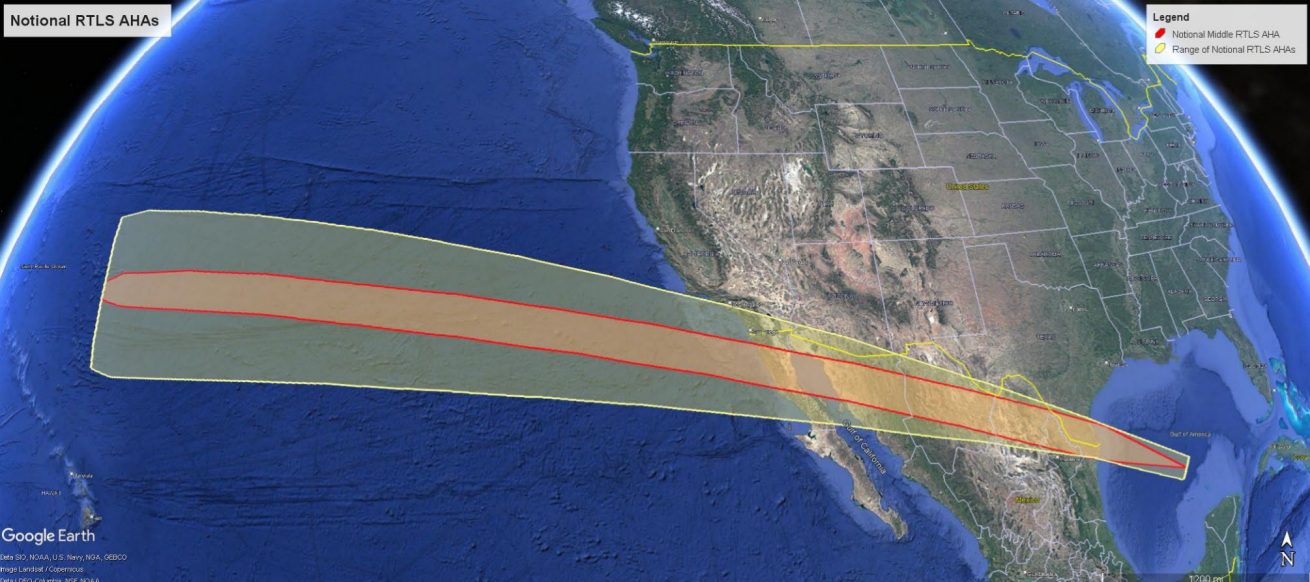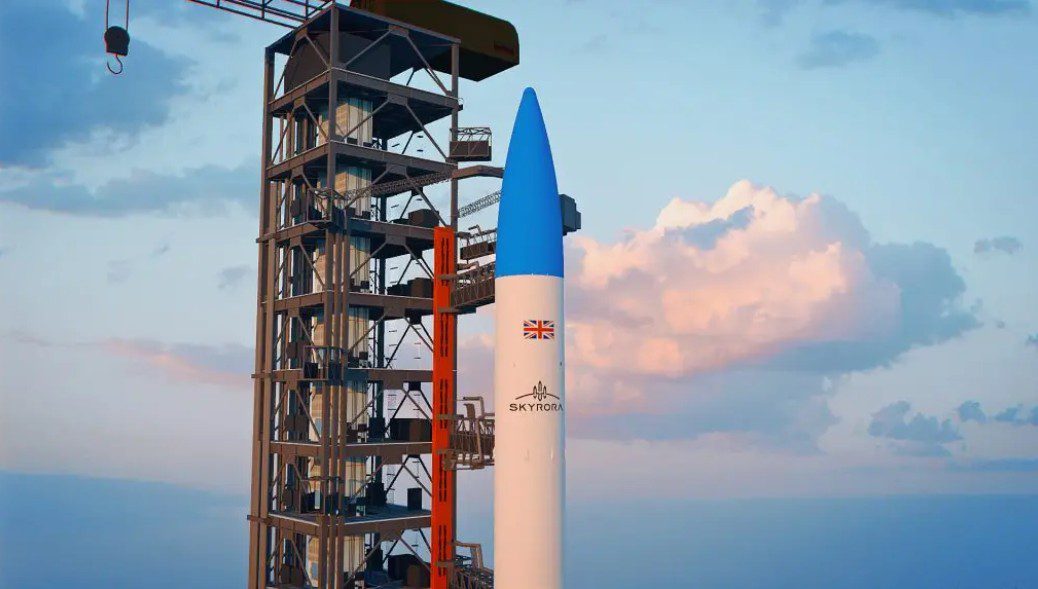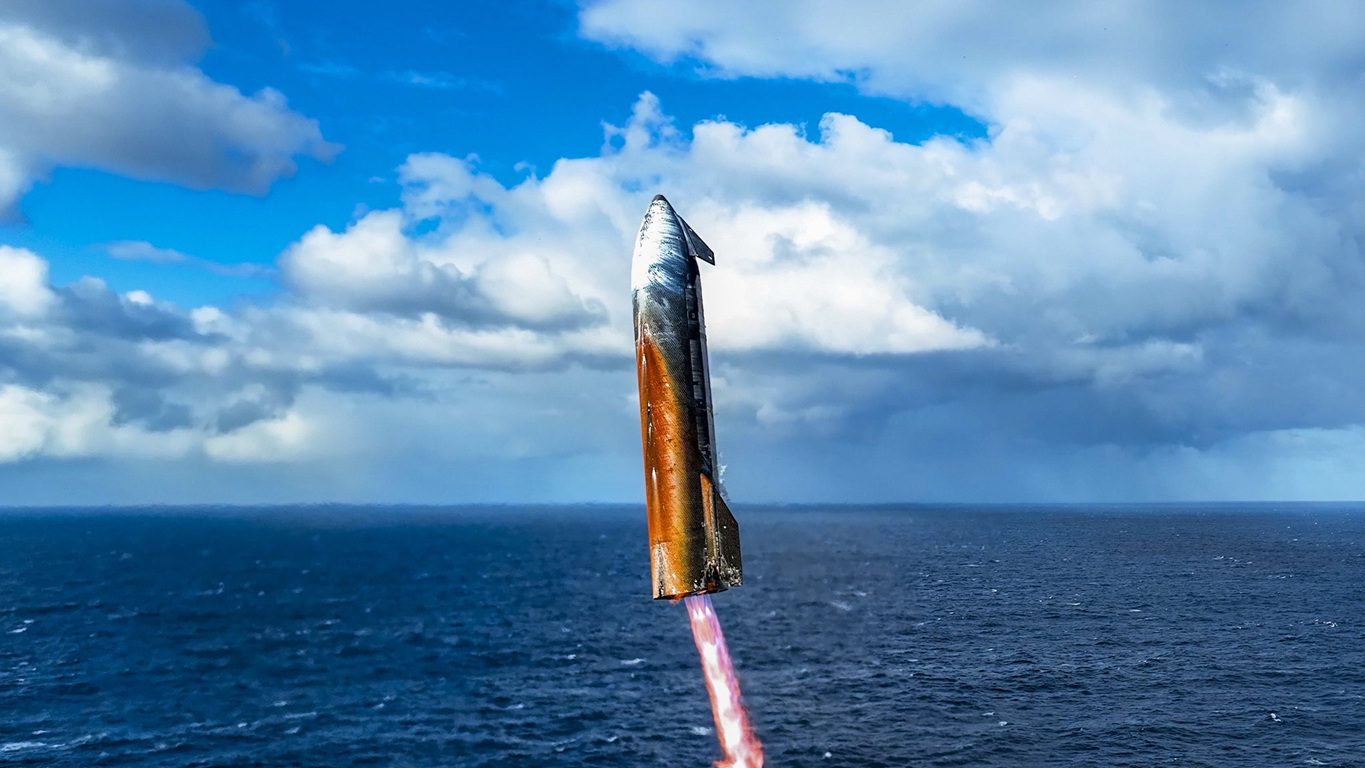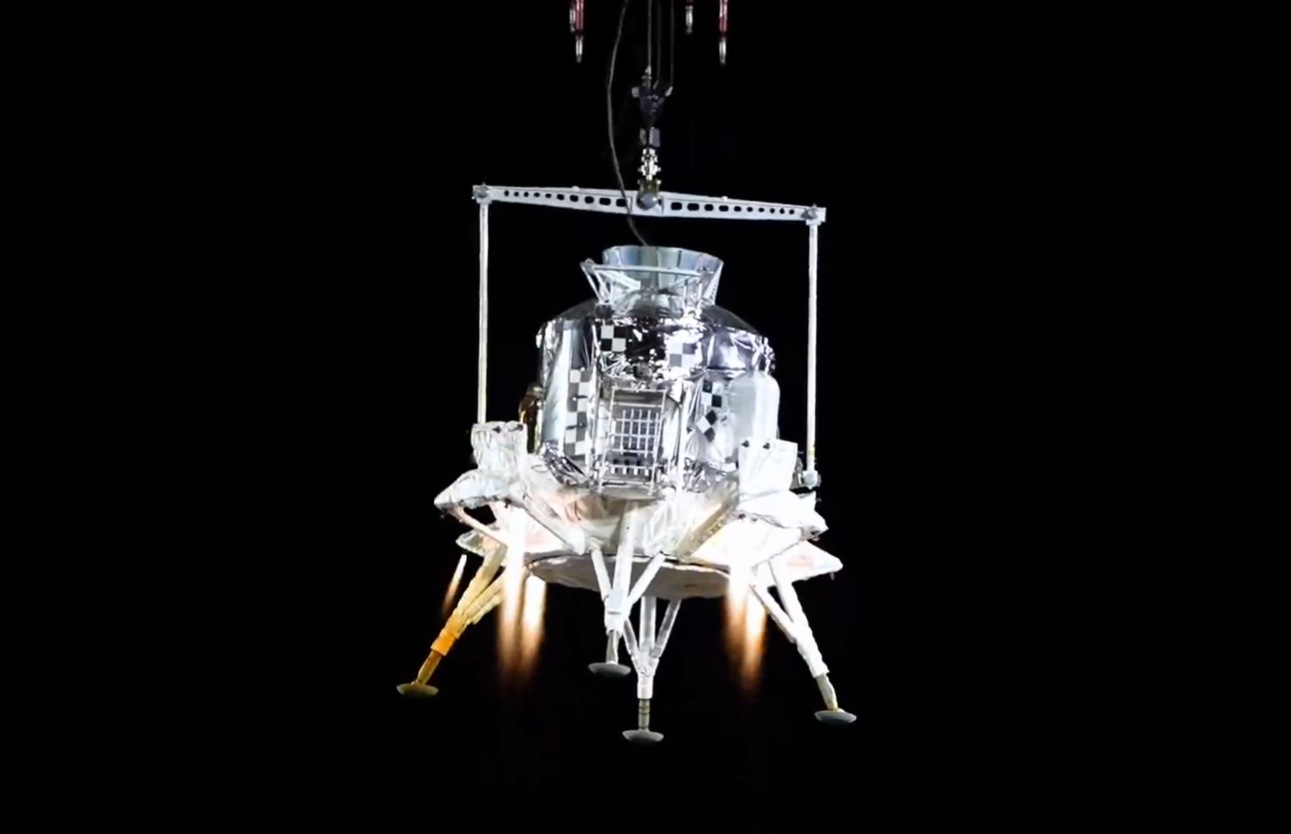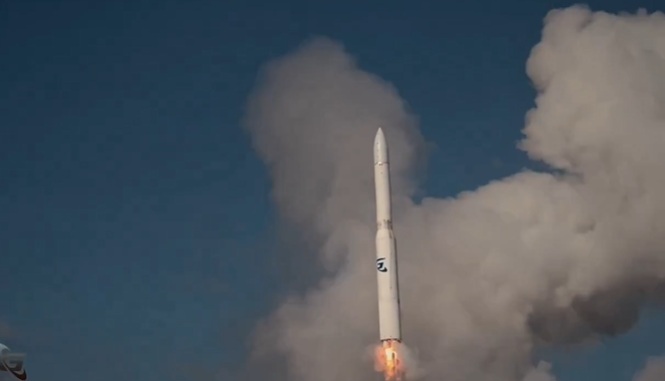While the planet Mercury is the Solar System’s closest planet to the Sun, nevertheless despite the planet’s concomitant high surface temperatures, observations made from NASA’s Messenger spacecraft appear to indicate that the planet does have water ice present.
While its surface temperatures are high, Mercury, which only has a very slight tilt relative to the Sun, was suspected of having ice in the shadows of craters located at the poles much like the Moon was found to have. But while radar returns from the planet received by the Arecebo radio telescope in Puerto Rico in the 1990s seemed to indicate flat areas of ice at the poles, it was not until the arrival of NASA’s Messenger spacecraft last year that further evidence could be found.
This evidence included measurement of excess hydrogen at Mercury’s north pole with Messenger’s Neutron Spectrometer. Meanwhile, near infra-red imagery and topography measurements from Mercury Laser Altimeter (MLA) indicated high reflectance areas in the north polar region. The MLA also recorded dark patches with diminished reflectance, consistent with the theory that the ice in those areas is covered by a thermally insulating layer. Papers describing the research are in Science Express.
Mosaic image of Mercury north pole taken from Messenger imagery. Red areas show shadowed regions with yellow regions showing suspected water ice deposits taken from Earth based radar returns. Courtesy: NASA/Johns Hopkins University Applied Physics Laboratory/Carnegie Institution of Washington/National Astronomy and Ionosphere Center, Arecibo Observatory

